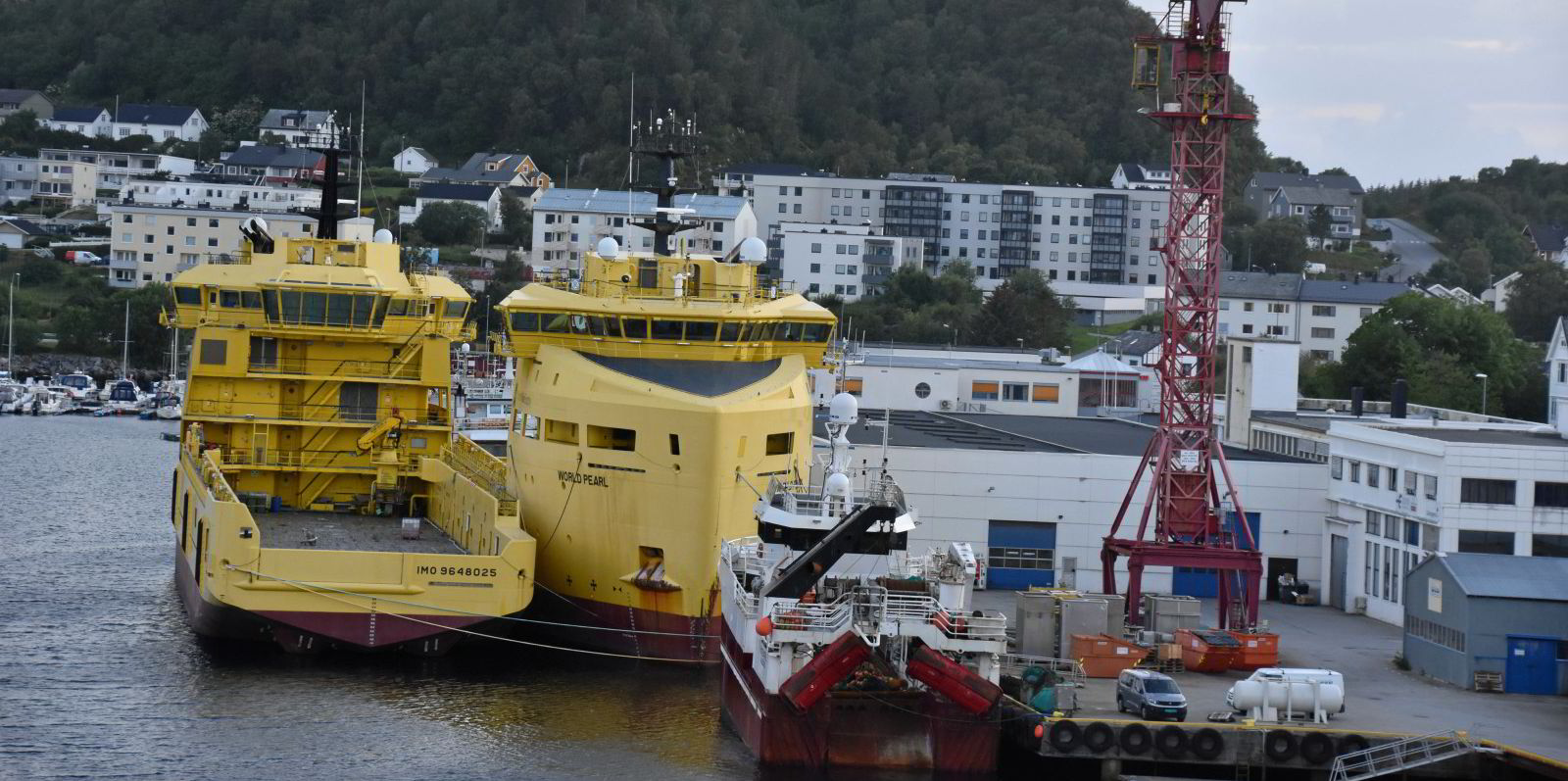The overall trend towards a bigger world fleet is masking some declines in specific sectors.
Clarksons Research analyst Calum Kennedy calculates the number of vessels on the water has grown by 39,000 since the start of this century, and by 6,000 ships since 2017 alone.
"However, growing vessel numbers has not been a uniform trend across maritime," he said. "Notably, key offshore sectors are seeing unit numbers drop, and some shipping segments have also seen numbers ease."
Weak offshore markets have encouraged removals, which is now one of the factors behind the cautious optimism in offshore oil services due to the smaller fleet, the researcher argues.
The most significant declines in numbers have come in sectors most exposed to exploration and appraisal, which were cut back after the 2014 energy market downturn.
Demand still lagging
"Though spending grew in 2017/18, and again in 2021 as Covid-related cutbacks eased, demand remains more limited than a decade ago," Kennedy said.
The seismic and geophysical survey fleet has shrunk by 12% to 196 units since the start of 2017, as 2D and smaller 3D seismic vessels have moved towards obsolescence.
The offshore support vessel (OSV) fleet has also seen falling unit numbers.
At 2,440 units, the anchor-handling tug supply (AHTS) fleet is 6% smaller than at the start of 2017. The fleet below 12,000 bhp is 8% smaller.
"In practical terms, the marketable fleet is likely to be smaller still given a portion of the fleet has been in long-term lay-up since 2014/15," Kennedy said.
However, platform supply vessel numbers are essentially flat, though smaller ships below 4,000 dwt have declined 6%.
This is because the sector has absorbed large numbers of newbuildings since 2014.
Panamaxes out of favour?
But offshore is not the only area where numbers have declined.
The size of the panamax boxship fleet has dropped 9% since 2017, though more than 700 of these remain active.
The new Panama Canal locks have enabled larger units to transit and boxship newbuilding demand has focused on much larger — and smaller — vessels, Kennedy explains.
The pure car carrier (PCC) segment also saw numbers fall by 2%, with the sub-6,000-ceu PCC fleet down by 14%. However, overall capacity has risen as bigger ships came into service.
"Substitution across sectors, often towards containerships which have gained breakbulk and refrigerated cargo share, has also been a driver," Kennedy said.
Multipurpose (MPP) numbers have declined 2% since the start of 2017, while conventional reefers are down 8%.
But overall, the tanker fleet has grown by 14%, with bulkers up 13% and containerships 7%.
"Future ordering may of course generate further growth," Kennedy said. "However, falling vessel numbers in some sectors illustrate that a range of underlying trends have been present within the backdrop of continued overall fleet growth.
"With the fleet renewal required by shipping's fuelling transition likely to be uneven, the diversity of patterns within the fleet may need even closer tracking going forward."






